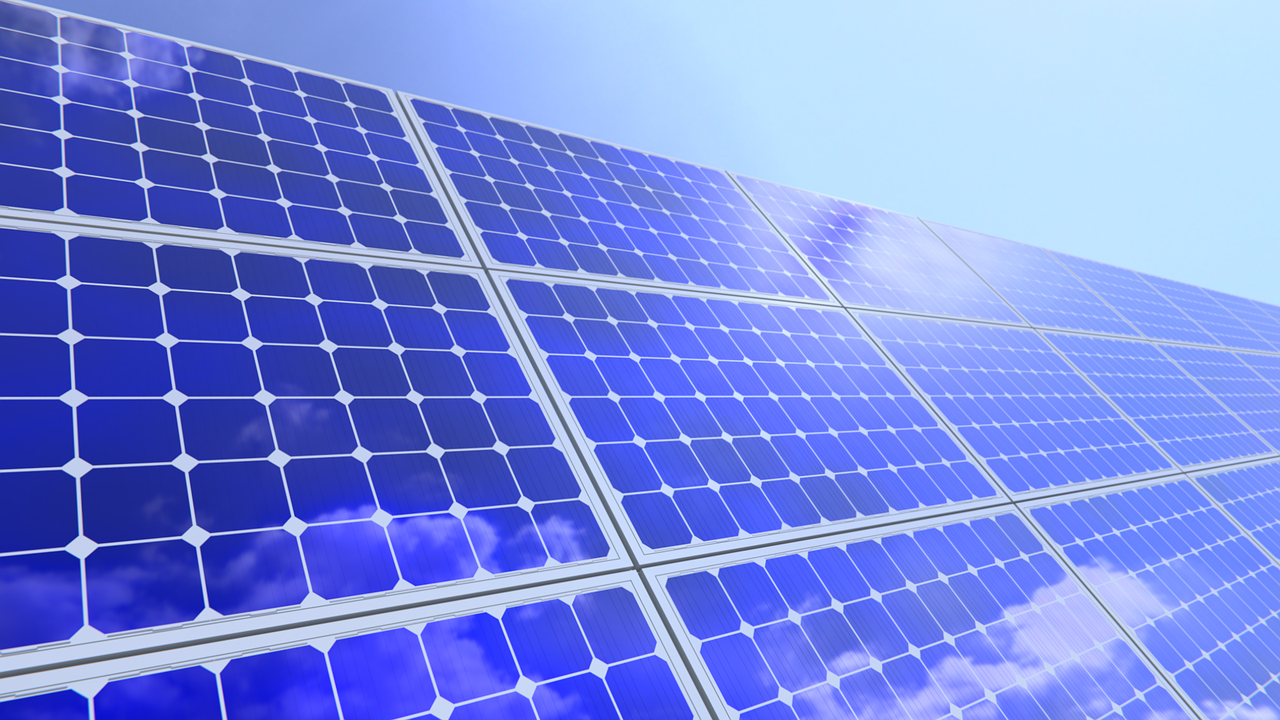
How long do solar panels last?
When does a solar panel ‘die’?
It never dies (unless you crack it), but gradually its efficiency decreases. For practical purposes the industry has agreed on a formula:
The useful life of a panel is as long as it can give 80% of the rated efficiency. Generally, solar panels have a warranty for twenty five or thirty years. In fact, the warranty life of panels has been increasing in the past decades because technology is improving the materials and quality of production.
Why does a panel warrantied for twenty five years occasionally need replacement in, say, and fifteen years?
The answer lies in the question: Why do some such panels last beyond thirty years? The fact is no two panels being made by the same machinery under the same conditions are identical in performance. When you look up the current gain of a transistor the manufacturer offers three values: maximum, minimum, and typical. There is a wide range.
Then how can a manufacturer warranty a product for a given life?
Accelerated life tests and knowledge of probability helps engineers decide what life to warranty? Testing a few randomly picked pieces out of a batch will tell them what percentage of the total lot will fail before such and such life. Knowing the cost of replacement, they can decide what life to warranty.
Once in service the expected remaining life of a panel can be estimated if the efficiency is monitored regularly, the efficiency degradation rate is available. Knowing the current efficiency and the degradation rate it is a simple matter to calculate in how many years the panel will degrade to 80%. The normal degradation for crystalline silicon panels is about 0.7% per year. That means it should take the average panel just under thirty years to degrade to 80%. In one case they found a panel that was giving more than the rated efficiency after thirty five years (installed in 1980).
Manufacturers will warranty a shorter life, because things will not be always ideal. Mean and average life of different types of panels has been recorded. A detailed paper is available at the NREL site https://www.nrel.gov/docs/fy12osti/51664.pdf. According to the data there average degradation of crystalline panels was 0.7%, and that of thin film panels was 1.5%. In interpreting this data we must remember that quality of products is continuously improving, and that the quoted figures are average of panels from various manufacturers. Certain manufacturers will produce better quality. Also note that this is data for the panel only. The inverter, battery, and other components have nearly one third the life of the panel.
Another very important fact to note in the current technology environment is the speed of technology development. It is quite possible that within ten years the currently top-of-the-line panels will become obsolete due to an unexpected advancement.
Hence, if lowering the warranty life (but not efficiency) saves you a more-than-proportional amount in initial cost. You can help your panels last longer in a few simple ways. Wash them occasionally to remove dust, smog, etc; and avoid shading, as shading can cause a hot spot.

